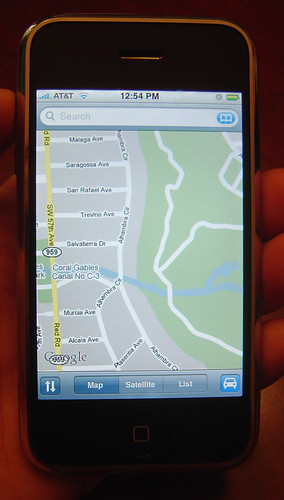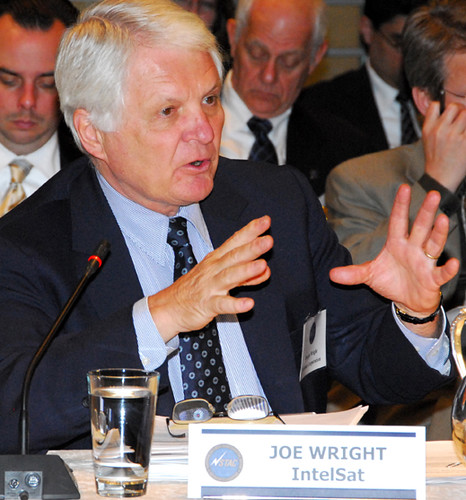SWE-DISH to Help Spanish TV
Friday, November 30th, 2007Some good news for DataPath’s Swe-Dish portable satellite terminals:

SWE-DISH Satellite Systems AB,a DataPath company, has received an order for up to 20 SWE-DISH Drive-Away 150systems for several Spanish broadcasters, primarily Television Espanola (TVE).The agreement was secured in close cooperation with SWE-DISH’s Spain-basedsales and service partner, Atlas Sistemas. TVE will base 16 of thevehicle-mounted 1.5-meter antenna systems throughout Spain, giving thebroadcaster greater mobility to produce high-quality live broadcasts of localnews and events.
The news comes on the heels of last month’s announcement that the United States Marine Corps has selected Swe-Dish for one of its new programs:
DataPath, Inc., a leading provider of satellite and wireless communications networks around the world, has been selected by the U.S. Marine Corps to provide an ultra-portable satellite communications (SATCOM) solution for the Support Wide Area Network (SWAN) program, enabling the Marines to extend the network and improve warfighter mobility while they establish and maintain broadband communications on the battlefield.
The DataPath solution will include:
– SWE-DISH IPT Mil Suitcases (AN/USC-68), quick-to-air terminals that are small enough to be carried as suitcases or backpacks.
– Customized, portable baseband kits providing NIPRnet, SIPRnet and voice-over-IP services.
– Technical support services that include training and field engineering from DataPath’s experienced support personnel.
The multi-year contract award, with options, could total up to approximately $30 million, including an initial delivery order of $1 million.
From the Swe-Dish website, in English (da da dum):
SWE-DISH Satellite Systems has developed a new class of groundbreaking small satellite terminals – the Suitcases. It’s a new class of small (suitcase size), hand portable, highly mobile and fully automated satellite terminals. They are used by numerous leading broadcasters, as well as several defense organizations such as the US Special Operations Command.
The Suitcase is recognized for being
• Compact and hand-portable
• Fast, one-person operation with a unique, user-friendly, Graphical User Interface
• Motorized set-up and antenna positioning
• No requirement of specially trained personnel
• LAN standard – working like any LAN through 10/100 base-T interface
• Rugged – used by military units world wide
It’s as light as a bag of cement — watch them lift the suitcase in this video:









